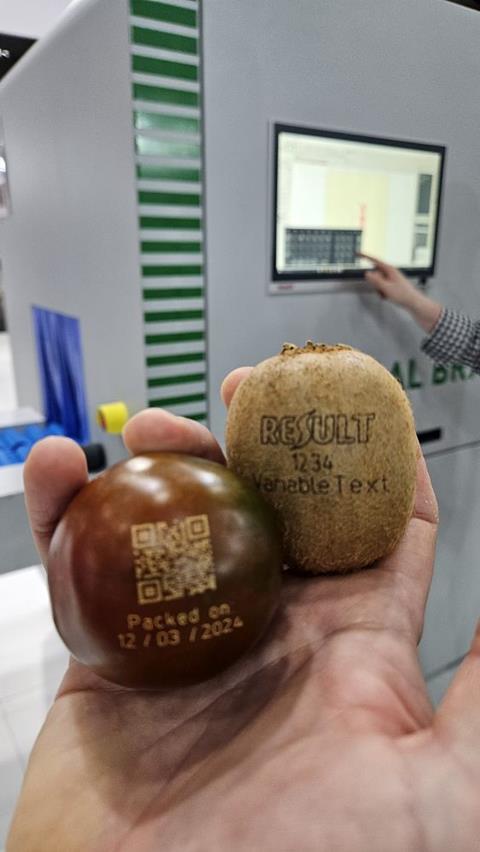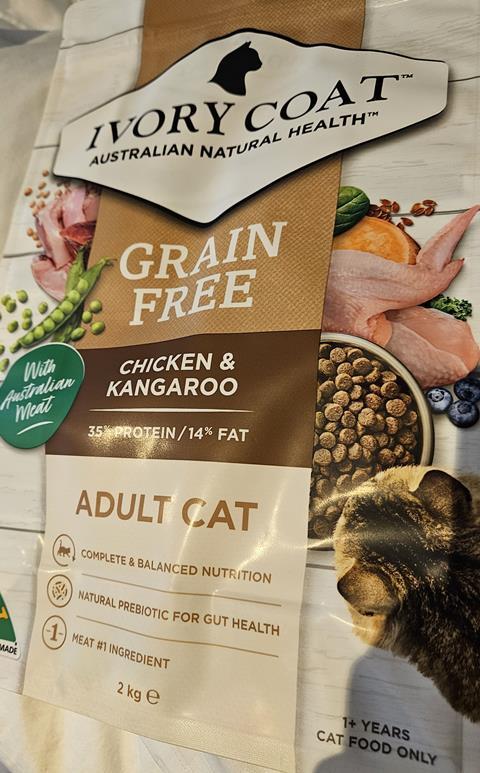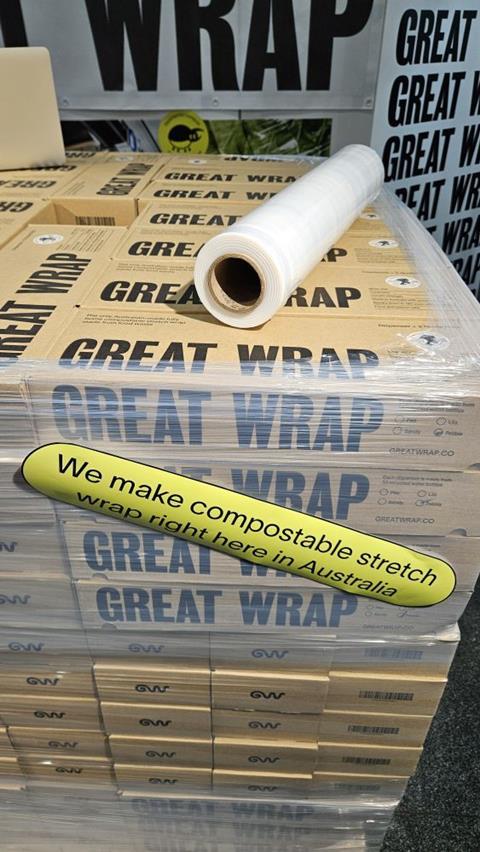Packaging Europe’s brand director Tim Sykes was invited to speak at APPEX – Australia’s leading packaging and processing event – and jumped at the opportunity to learn from stakeholders about the direction of travel in the dynamic Australian industry. He found that now is an opportune time for inter-continental dialogue.

I flew into Melbourne curious to learn about the Australian packaging scene: located in an advanced economy, an environmentally conscious society, and a Western-aligned state, which is at the same time (as the jetlag confirms) about as far away from North Atlantic supply chains as possible. Piecing together conversations across the large, vibrant and well organized APPEX show, what I discovered is packaging ecosystem that is grappling with a lot of the same issues as Europe, with inevitable regional nuances.

Coming from a Europe that might be accused of growing rather introspective as we untangle the strands of our own environmental aspirations, an immediate observation is that Australia is very outward-looking. Exports of packaged goods across Asia-Pacific are economically significant; a lot of packaging materials and packaged goods are imported. I was gratified to see a packed house attending my talk at the APPEX forum, but possess enough self-awareness to understand that the crowd was curious about my subject of sustainability trends in Europe, and sadly not drawn by my charisma.
Indeed, I lost count of the number of times I have been interrogated about the content and implications of PPWR. Australia is watching Europe, not least because it is at an analogous point in its sustainability journey. After years of industry falling short of voluntary recycling targets, the new federal government intends to bring in legislation as soon as 2025 to mandate action. In such an open economy, there is an understanding that the more coherence with international standards and guidelines, the better. Where Europe lands is therefore of great interest to key stakeholders in the national discussion, such as the Australian Packaging Covenant Organisation and the Australian Institute of Packaging. Meanwhile, in addition to seeking to keep broadly in sync with Europe, Australia also has to consider how its future regulatory landscape interacts with its key markets in Asia – most of which are not (yet) so preoccupied with sustainability.
Comparing continents
There is a lot that’s familiar about Australian packaging to a European visitor. It’s a technologically advanced marketplace. As the APPEX exhibition floor makes plain, there’s a lot of domestic innovation going on, as well as a lot of investment in imported technology. On the other hand, Australia is almost twice the area of the European Union, while having about one eighteenth of the population.

It’s a much smaller economy, which brings an opportunity to be more agile in making leaps forward: fewer interest groups to contributing to strategic inertia, less to rip up when initiating new systems. On the other hand, it’s harder to achieve economies of scale in a relatively small country – and with such a sparsely distributed population. The distances between population centre create headaches in areas such as figuring out where to viably locate a recycling centre, and disproportionately impact the transportation component in the overall footprint of packaged goods.
The present, serious sustainability drive certainly confronts several challenges – including a fragmented infrastructure from state to state and a lot of regulatory homework that will keep some of my new friends contributing to working groups clocking up long hours over the next months – but my overall impression is of a relatively joined up and action-focused packaging sphere in comparison to the complexity of Europe.
In terms of choices around sustainability, the trend away from plastics to paper and compostable alternatives is as impossible to miss as it is in Europe. Detpack is a notable domestic producer which is responding to this dynamic with a range of fibre-based produce packs, including a 1kg vertical form-fill-seal, curbside recyclable paper bag for potatoes, which won the packaging innovation award at the Australian industry’s flagship APPMA Awards this week. Another company, Opal, was presenting a coated meat carton that eliminated plastic lining, while biodegradable packaging start-ups Great Wrap and COPAR introduced, respectively potato-based stretch wrap and thermoformable trays made with straw waste.

The flexible plastics segment is in a challenging place, not just because of the current consumer preference for paper, but also because the collapse of Australia’s REDcycle in-store take-back scheme has left soft plastic with virtually no recycling. This is something that big players are seeking to rectify: for instance Amcor and Mondelez are investing heavily in a chemical recycling plant. But while everyone waits for capacity to come on stream and for future regulation to get the wheel of the circular economy turning, most of the environmental progress in polymer packaging resides in usage of post-consumer recyclate. I was struck by how frequently conversations framed around the contribution of plastics toward preventing food waste rather instead of “how do we progress with our circular economy?” Of course, it’s essential we don’t forget this dimension, and avoid the unintended consequences of eliminating plastic waste at the cost of increasing our carbon emissions. However, the tone of the debate did rather remind me of Europe five or six years ago, when today in the north there is considerable caution at the risk of being perceived as using this topic as an excuse for inaction.

Digital Down-Under
One last impression: Australian industry is a very receptive market for digital technologies. The exhibition floor and the finalists in the APPMA Awards both bore witness to the fact that this market is as the forefront of implementation of Industry 4.0. This makes sense when one considers the importance of driving efficiency in a country of large distances and few people, as well as the size of the food and beverage sector, operating in a high-wage economy and exporting significant volumes into lower income markets.
Meanwhile, the value of connectivity in both machines and packaging is magnified here. Australian consumers, like Europeans, are ever more exacting in their demands for information and assurances about provenance. Brand protection is another driver, with exports of high-quality agriproducts such as wines, some of which enter Asia-Pacific markets with significant counterfeit challenges, some entering Europe, where they will encounter digital product passport demands.
The long journey to APPEX has proved to be thoroughly worthwhile – and the fundamental takeaway is that it’s a great time for more packaging engagement between Australia and the developed economies of the Northern Hemisphere. We have a lot of experiences, expertise and failures to share with each other as we embark on hopefully compatible sustainability journeys. And there are great opportunities for technology exchange as we look to innovation for solutions to the similar challenges we face.
Thanks to APPEX for curating such a rewarding event, and thanks to Lindy Hughson, PKN News and the International Packaging Press Organisation for inviting me to speak at the show and ensuring I got the maximum from my experience.





















1 Reader's comment